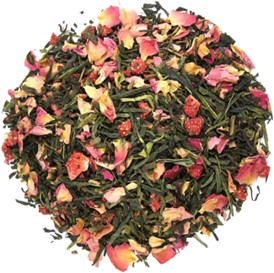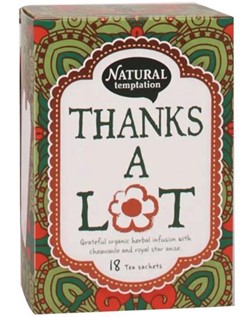Do you know any of the people in these picture?

Neither do I. Actually, I ‘created’ them using this AI-powered website: https://thispersondoesnotexist.com
These people do not exist. Yet the powerful realism of these faces has the ability to create the belief that they do relate to actual people. This may be a problem in consumers’ perceptions of a brand, especially for the charity sector. And we’ll see why.
Posted in Research, Archive
published on Tuesday, 27 June 2023
More and more consumers are interested in ethically produced meat. This includes the place and ways animals are raised and cared for. Previous research has found that telling about the better living conditions or organic production of beef products made them more preferable and increased willingness to buy these products (Risius & Hamm, 2017). Could providing this information also influence how beef products taste? Let’s find out!
Posted in Research, Archive
published on Tuesday, 13 June 2023

Shoppers increasingly consider the naturalness of products. Typically, natural products are preferred in categories in which naturalness is considered important. But what does naturalness have to do with the package of the product? Quite a lot, as it turns out. Let’s look at the images below. Which of the products do you consider to be most natural?


Supermarkets display packaged and unpackaged versions of products across a number of categories in-store and online. Restaurants also display products with and without packaging. Starbucks, for example, instructs its employees to remove bakery items from their individual packages before placing them unpackaged in a display case, only to re-package them for the customer upon purchase. The question is: what effect does this have on consumer preference, and purchase likelihood?
In this blog, we will discuss how packaging food has an effect on perceived naturalness (i.e., originating from plants, animals, or humans) and thereby on purchase intentions. Let’s dive in…
Posted in Research, Archive
published on Tuesday, 30 May 2023
The average internet user is bombarded with a stream of online banners on a daily basis. From promotional offers to brand advertisements, these digital displays attempt to capture our attention while navigating websites, tempting us to engage with the advertised content. But what differentiates an effective banner from a forgettable one? How can marketers cut through the noise and leave a lasting impression on their target audience?
Posted in Research, Archive
published on Tuesday, 16 May 2023
If you're a food lover, chances are you've been lured by a mouth-watering package design at least once. But did you know that the shape and color of packaging can also affect your perception of taste? The days where the sole purpose of a product’s packaging was to protect its content are over. As visual creatures, we often base our purchase decisions on the visual appearance of products. That’s why packaging plays a key role in setting product-related expectations. Packaging design can communicate a product's quality, value, and taste, which can influence consumers' purchasing decisions.
But how exactly can packaging design influence our taste expectations of food and beverage products?
Posted in Archive, Conversion
published on Tuesday, 02 May 2023







